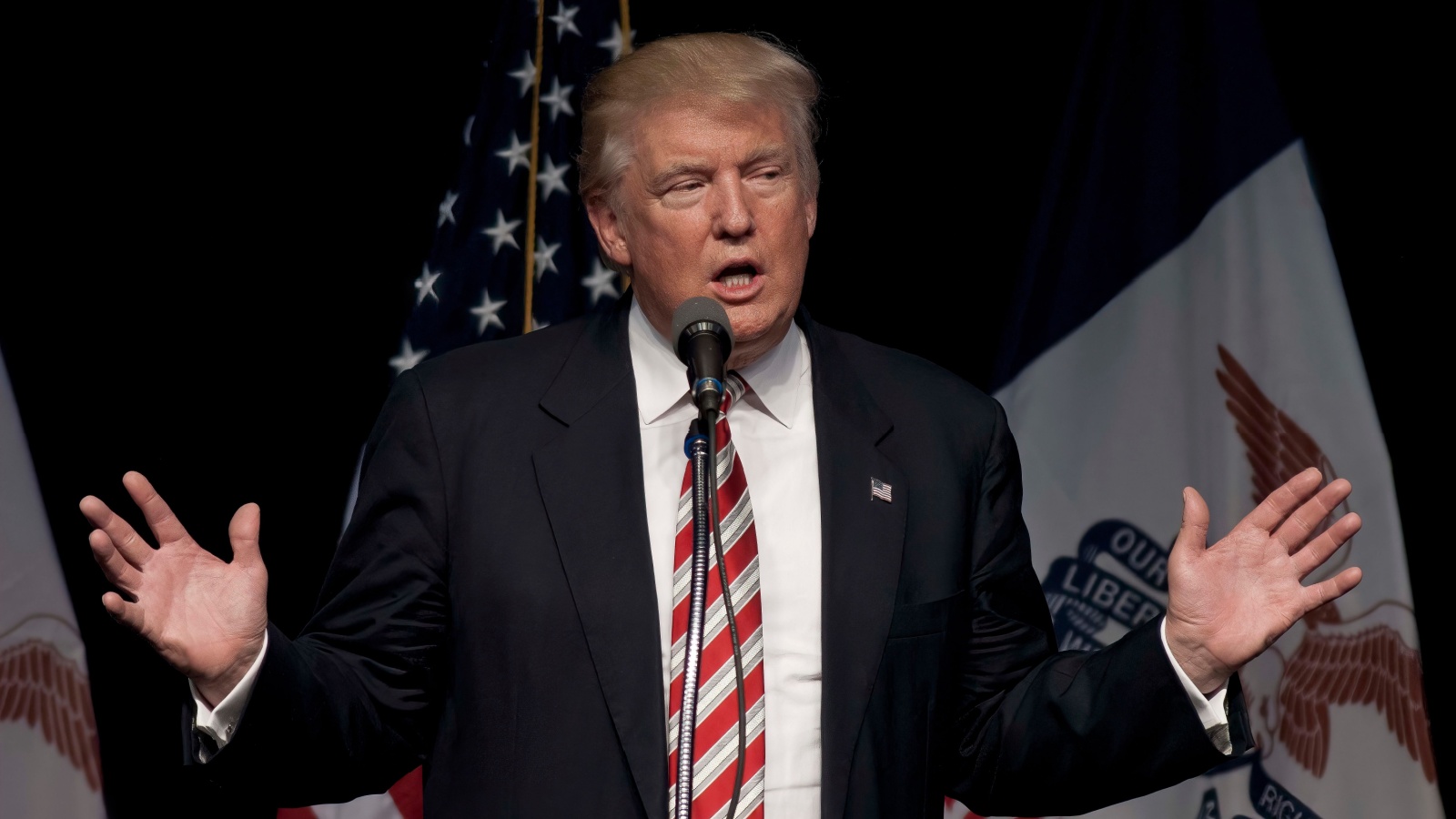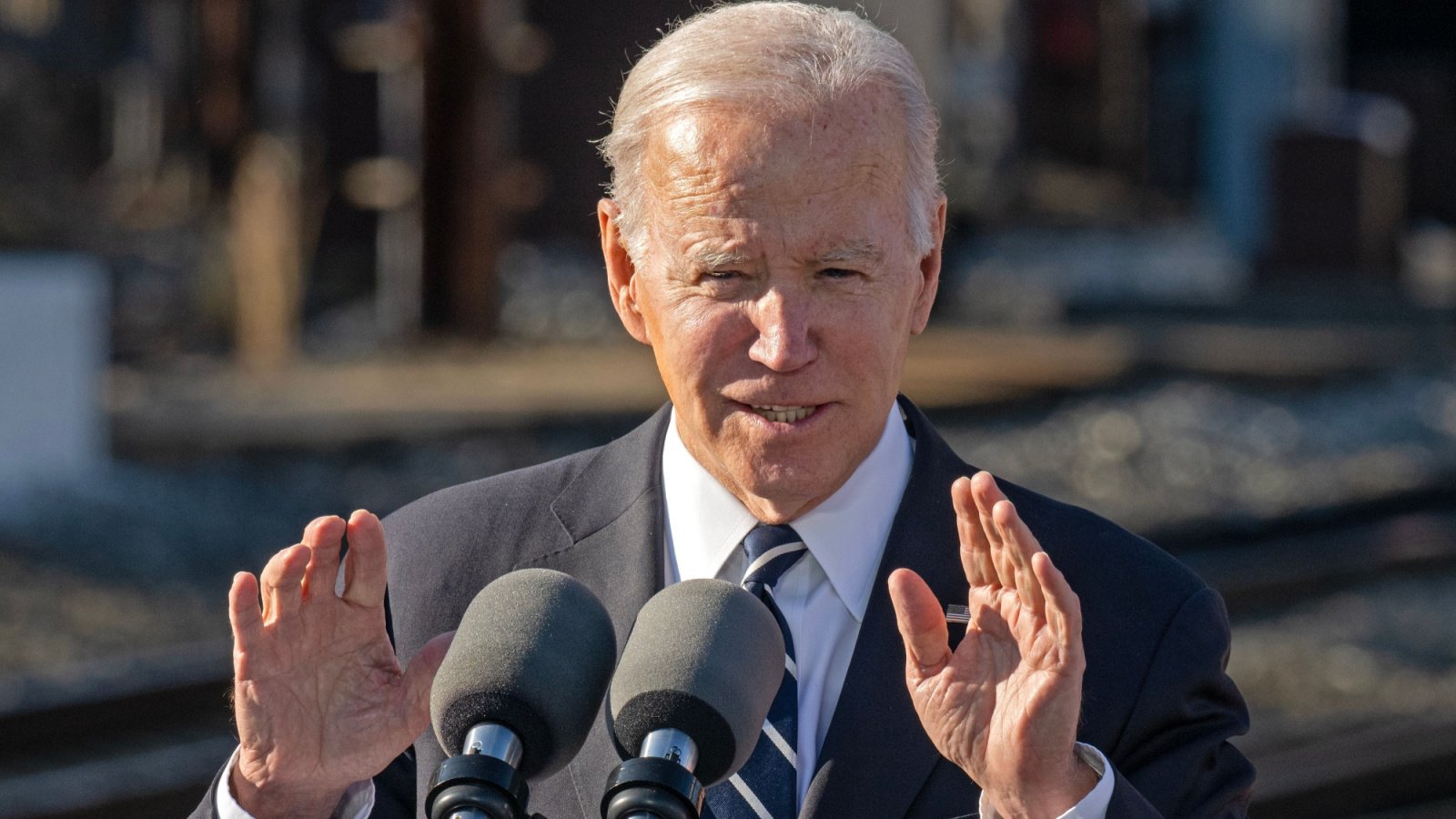Former President Donald Trump stands on trial and is accused of orchestrating a cover-up that involves falsified business records and undisclosed payments. Witnesses, legal teams, and jurors stand ready for an intense legal battle.
Nodding Off in Court
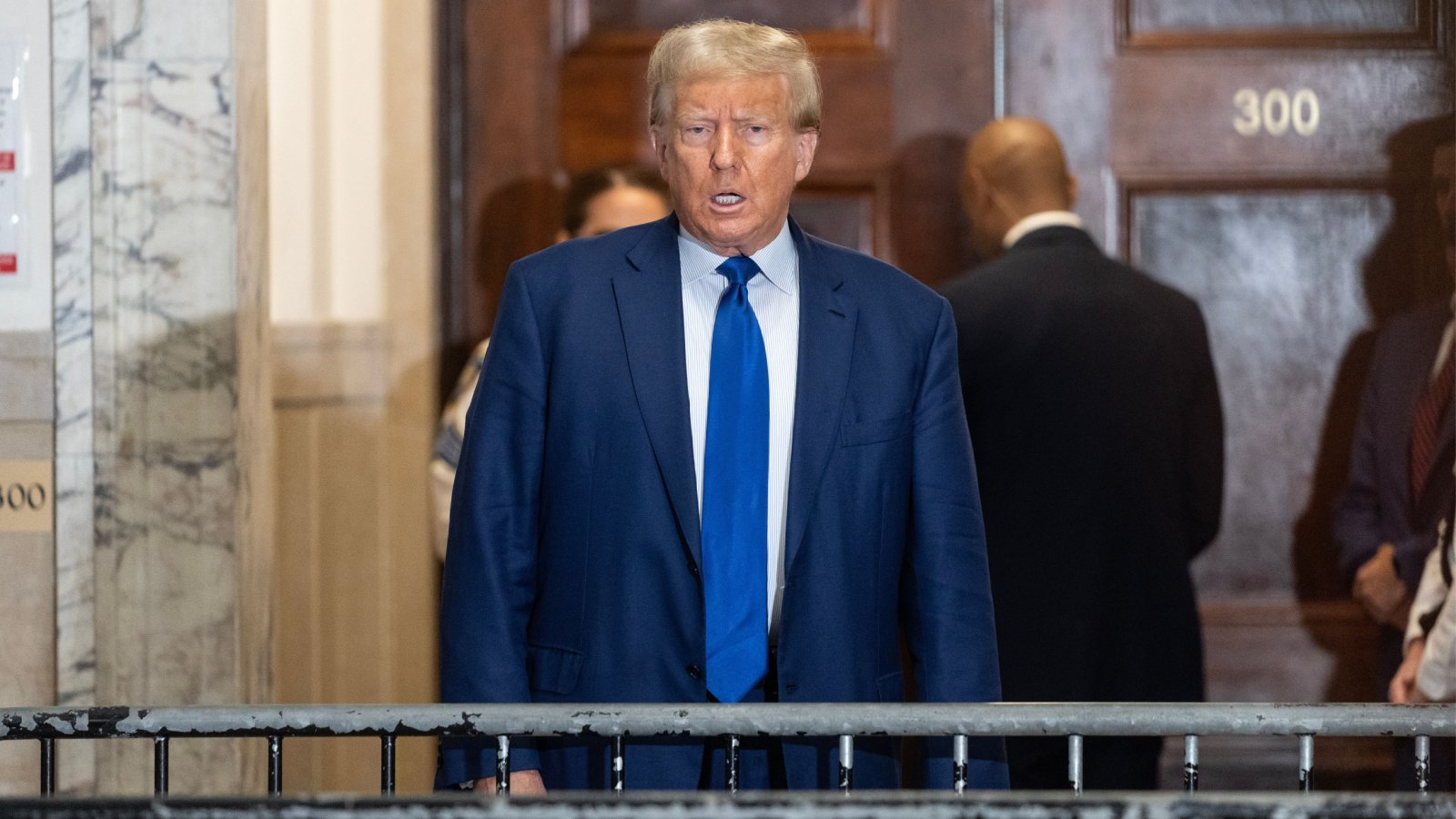
Former President Donald Trump briefly fell asleep as his trial began on Monday. A sharp nudge from his defense attorney, Todd Blanche, woke him as the opening statements were about to start. The trial is centered on accusations of business record falsification related to a $130,000 hush money payment.
Historical Trial Unfolds
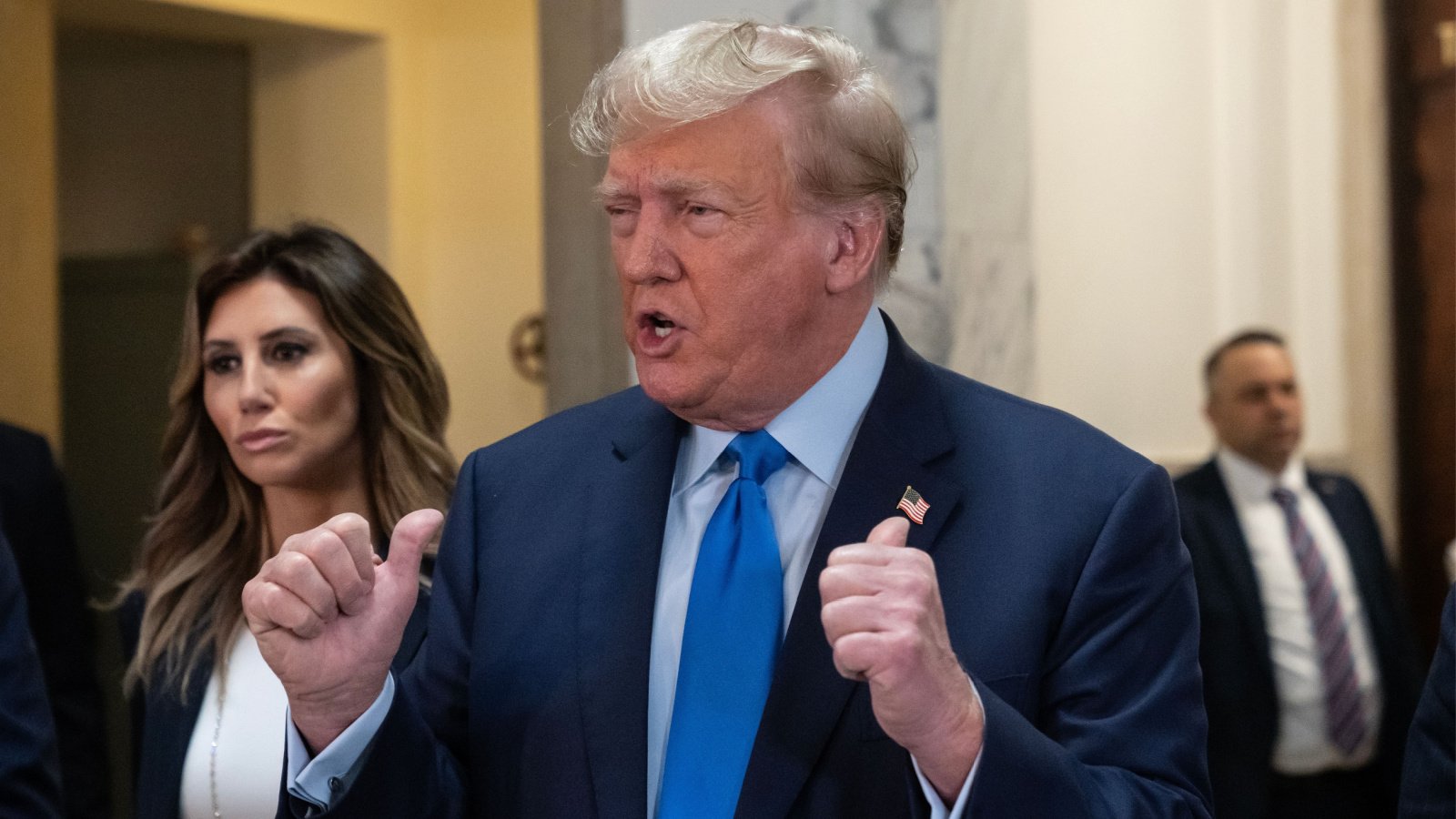
This trial marks the first time a former U.S. president faces criminal charges. Should Donald Trump be found guilty, he risks a sentence of up to four years. As the judge outlined the trial’s rules, Trump’s attention wavered, and his eyelids drooped again.
A Day of Firsts
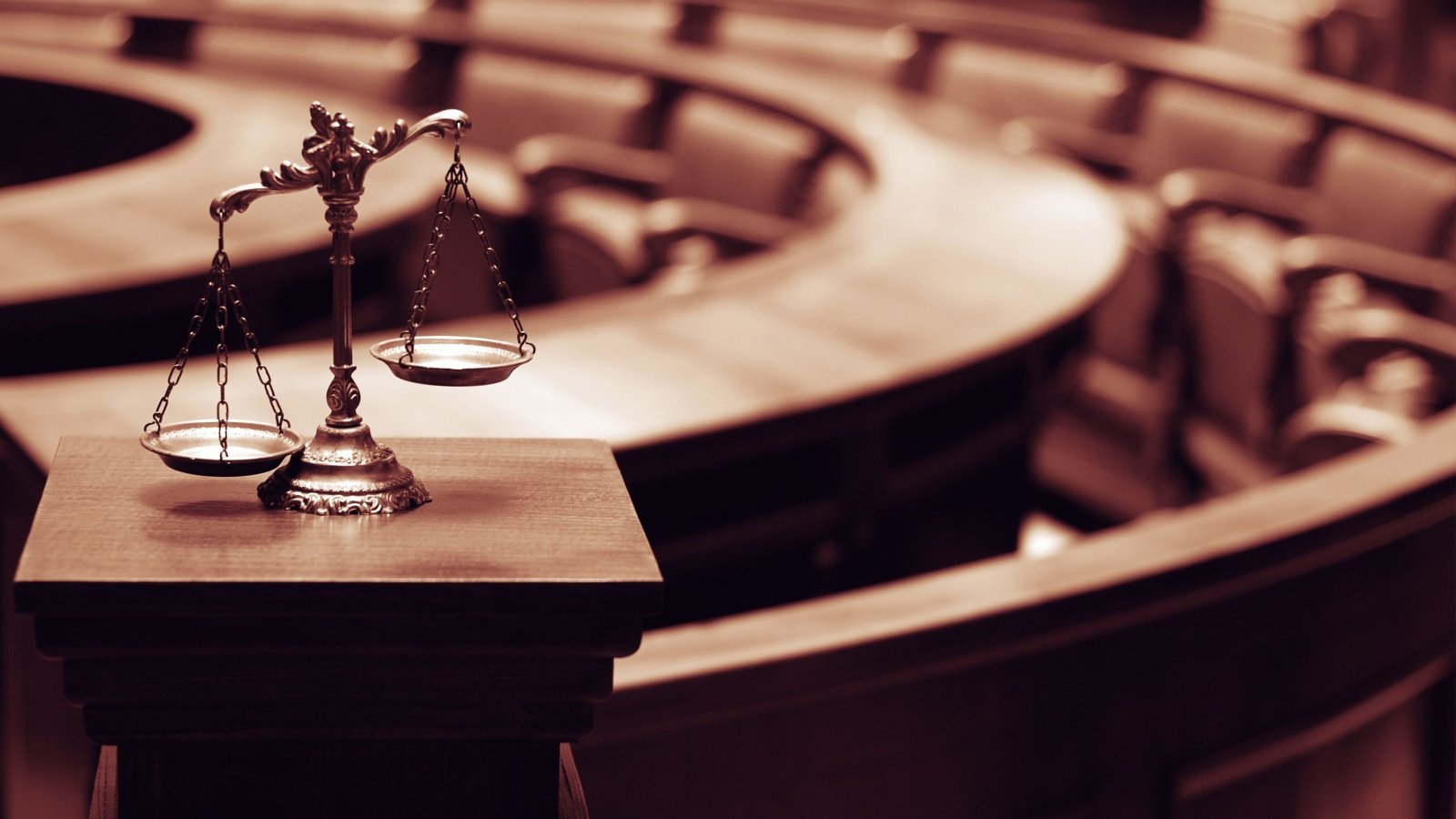
Even though Trump nodded off and seemed disinterested in the trial, the jury of 12 New Yorkers hung on every word. Judge Juan Merchan emphasized the importance of jury anonymity, instructing reporters to limit descriptions that could compromise their privacy.
Opening Allegations
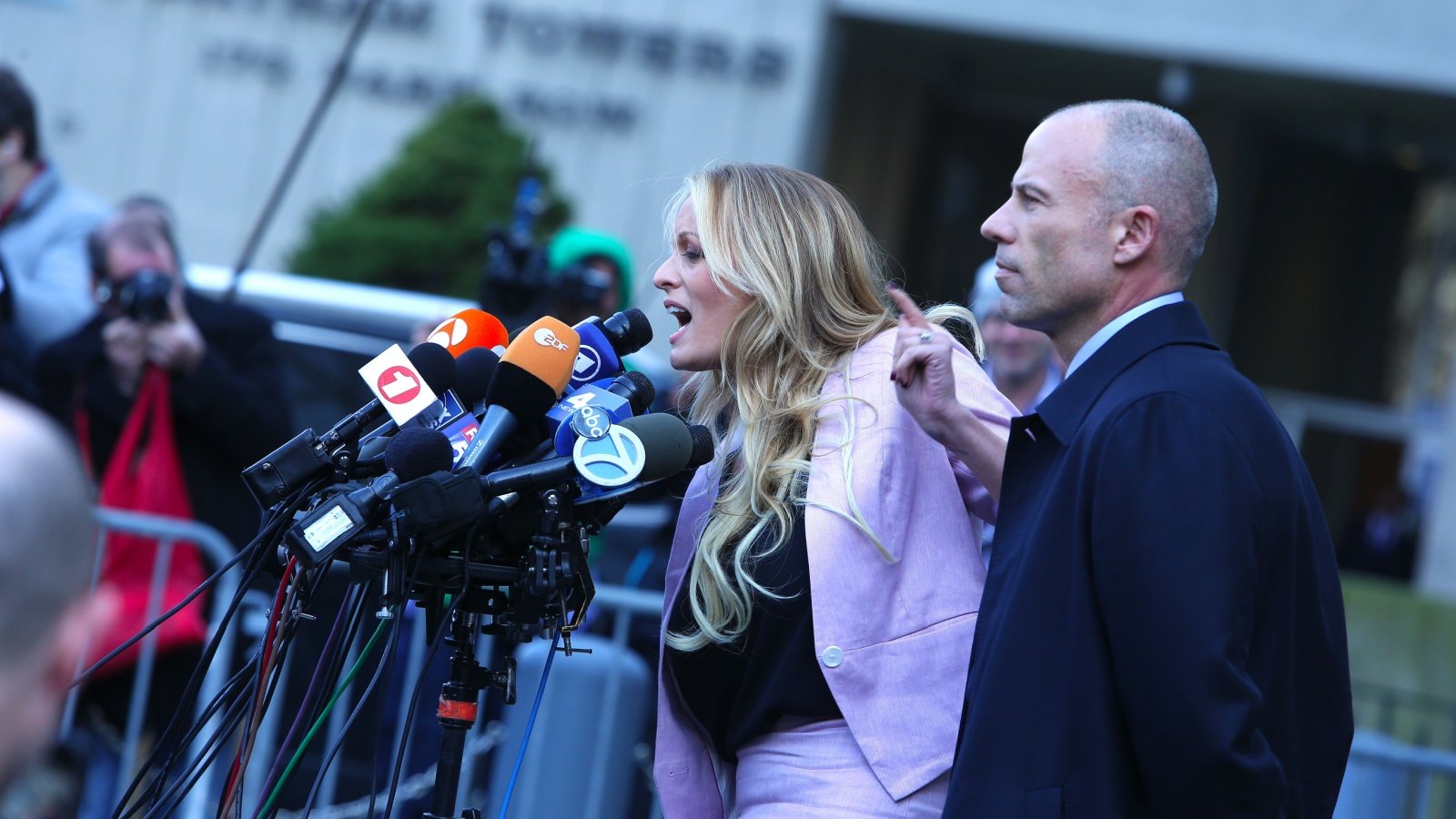
Assistant District Attorney Matthew Colangelo opened his case by accusing Trump of leading a “criminal scheme” to influence the 2016 election outcome. He painted a picture of a calculated attempt by Trump and his associates to prevent personal controversies from ruining his presidential campaign. They alleged a plot to silence accusations from Stormy Daniels and others, which could have derailed his electoral prospects.
The Art of Deception
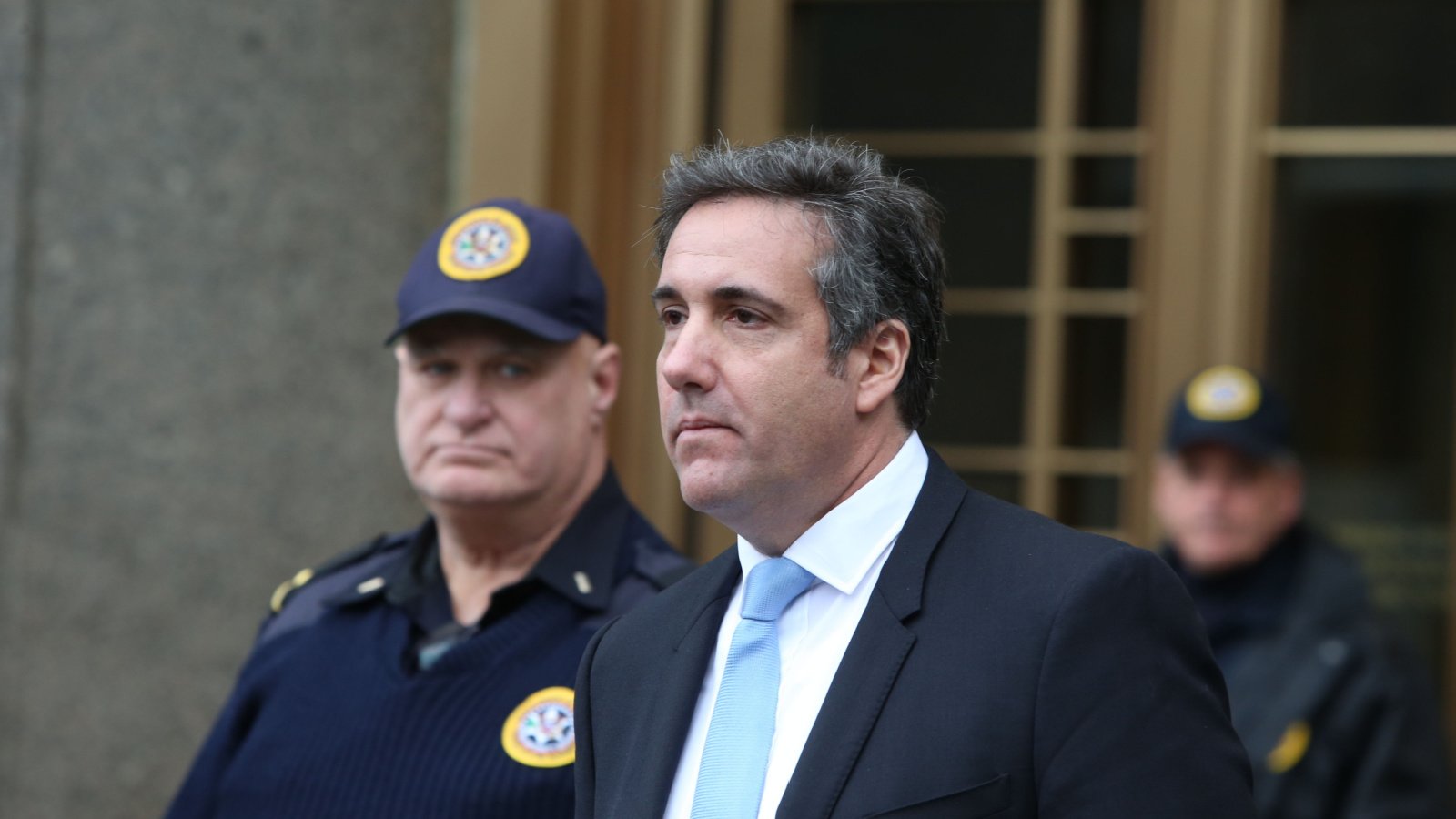
Assistant District Attorney Matthew Colangelo told how Trump mysteriously hid his financial dealings with Michael Cohen through doctored checks and financial records. In response to these accusations, Trump quickly woke up and fixed his gaze forward as his alleged cover-ups were exposed.
The Catch-and-Kill Strategy

Trump, in partnership with David Pecker, allegedly took part in a series of manipulative tactics to suppress damaging stories about his past during the heated presidential race. Colangelo explained this media manipulation strategy as “catch-and-kill,” a term he reiterated to underscore the systematic muting of negative news.
A Trio of Scandals

According to the prosecution, Trump, alongside Pecker and Cohen, executed three separate “catch-and-kill” operations to secure his political ascent. These involved significant financial payouts and strategic silences aimed at controlling damaging narratives before they could impact the 2016 election.
Scandal and Silence

The prosecution claims that Trump orchestrated payments to silence rumors of a personal nature, including a purported love child and an extramarital affair with Playboy model Karen McDougal. These allegations were locked away through massive financial deals aimed at ensuring these stories remained out of the public eye, especially critical as the election loomed.
Financial Backlogs and Frustrations
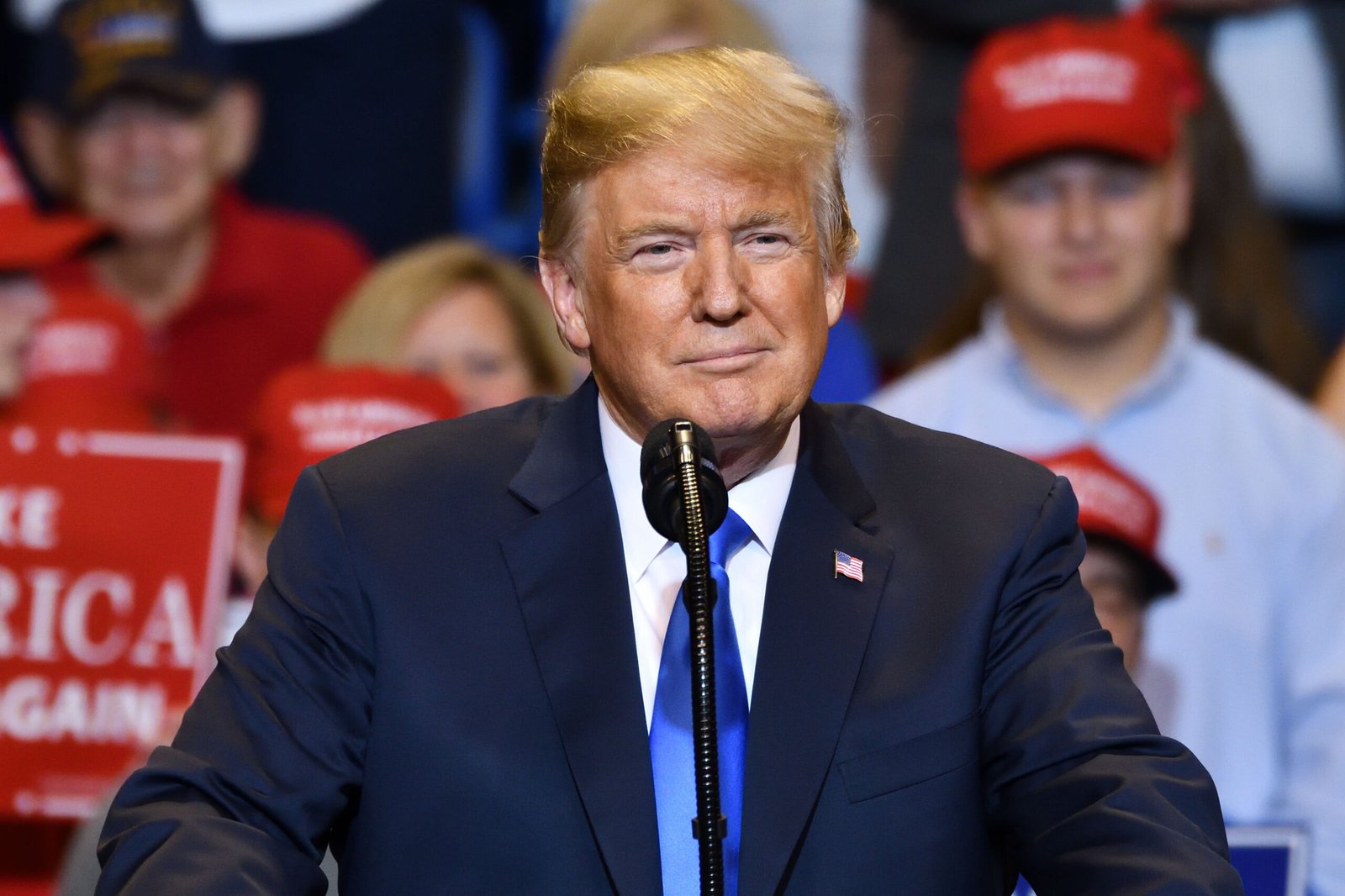
Delays in reimbursing David Pecker led to tensions, prompting Michael Cohen to record their discussions about financial arrangements to reassure Pecker of Trump’s intentions. This recording, expected to be a pivotal piece of evidence in the trial, allegedly captures Trump discussing the creation of a shell company to settle his debts under the guise of “advisory services.”
The Hot Mic Incident
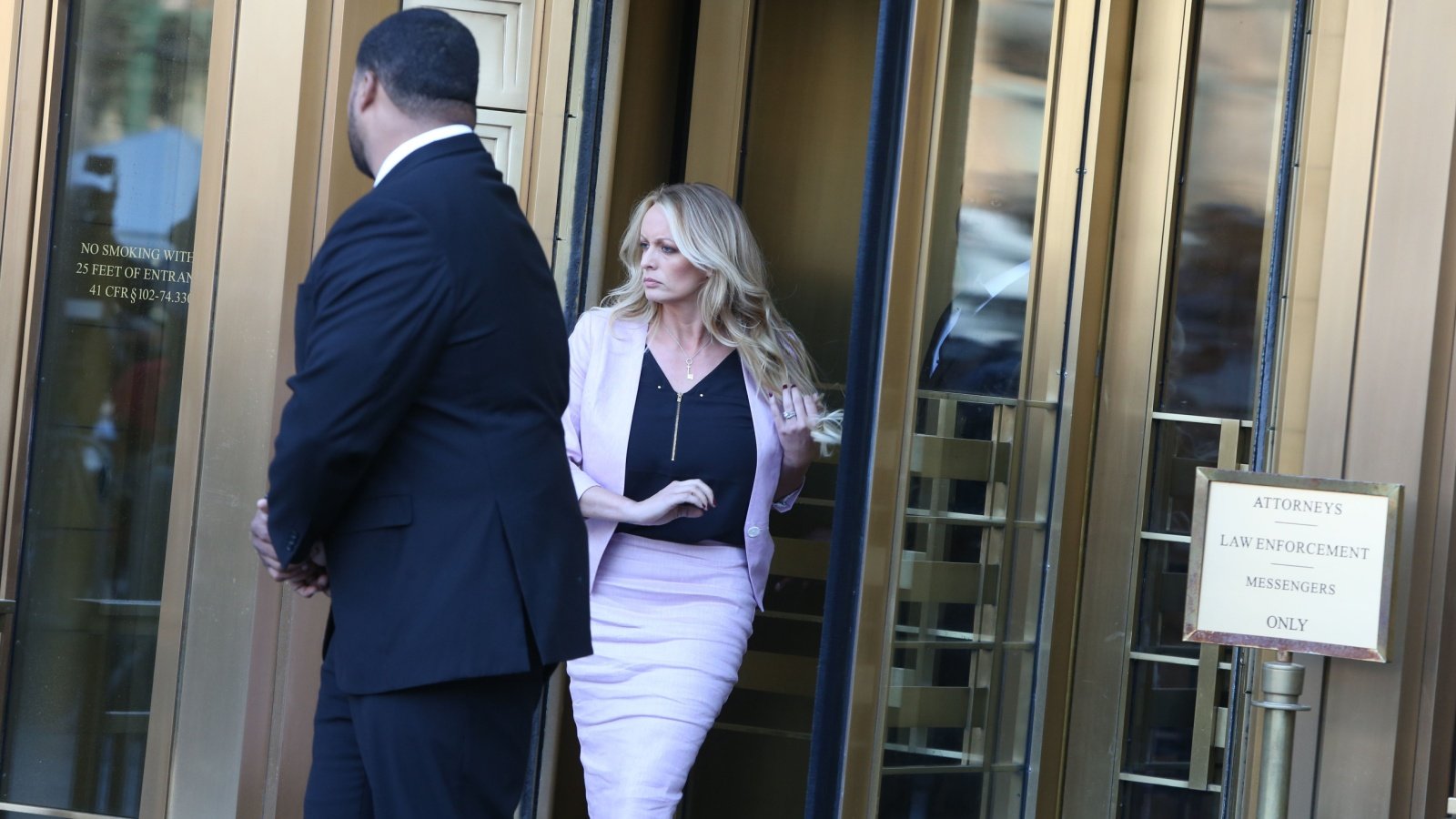
Colangelo also highlighted a notorious recorded conversation where Trump boasted about sexual assault, which surfaced publicly and shook his 2016 campaign to its core. The fallout was immense, nearly causing his replacement on the Republican ticket just as allegations from Stormy Daniels began to emerge.
Creative Accounting in the Oval Office
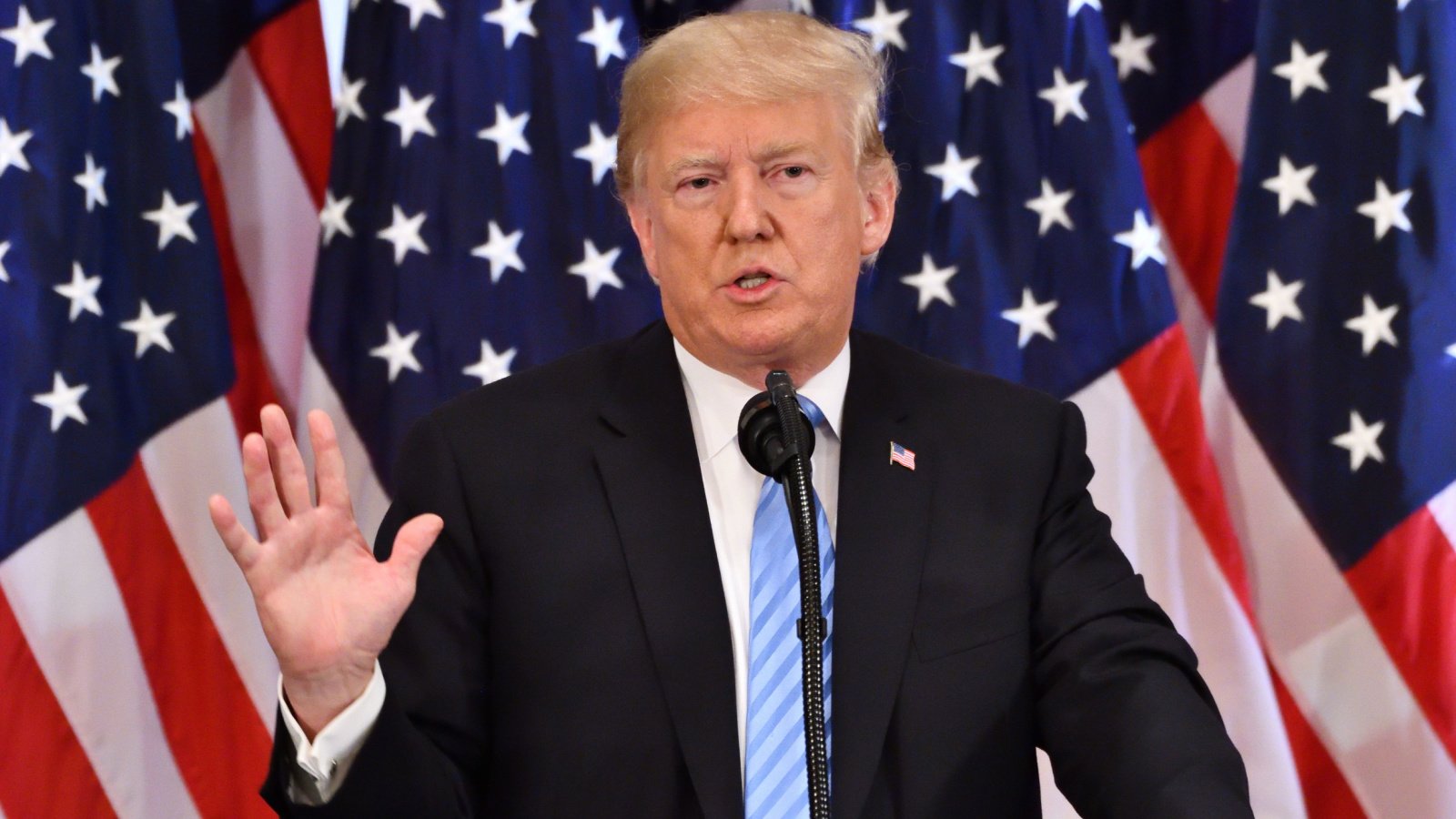
Assistant District Attorney Matthew Colangelo argued that once in office, Trump engineered his financial records to camouflage the repayments to Michael Cohen. Colangelo described these maneuvers as a “grossed-up” method to obscure the true nature of the payment.
The Witness with a Checkered Past
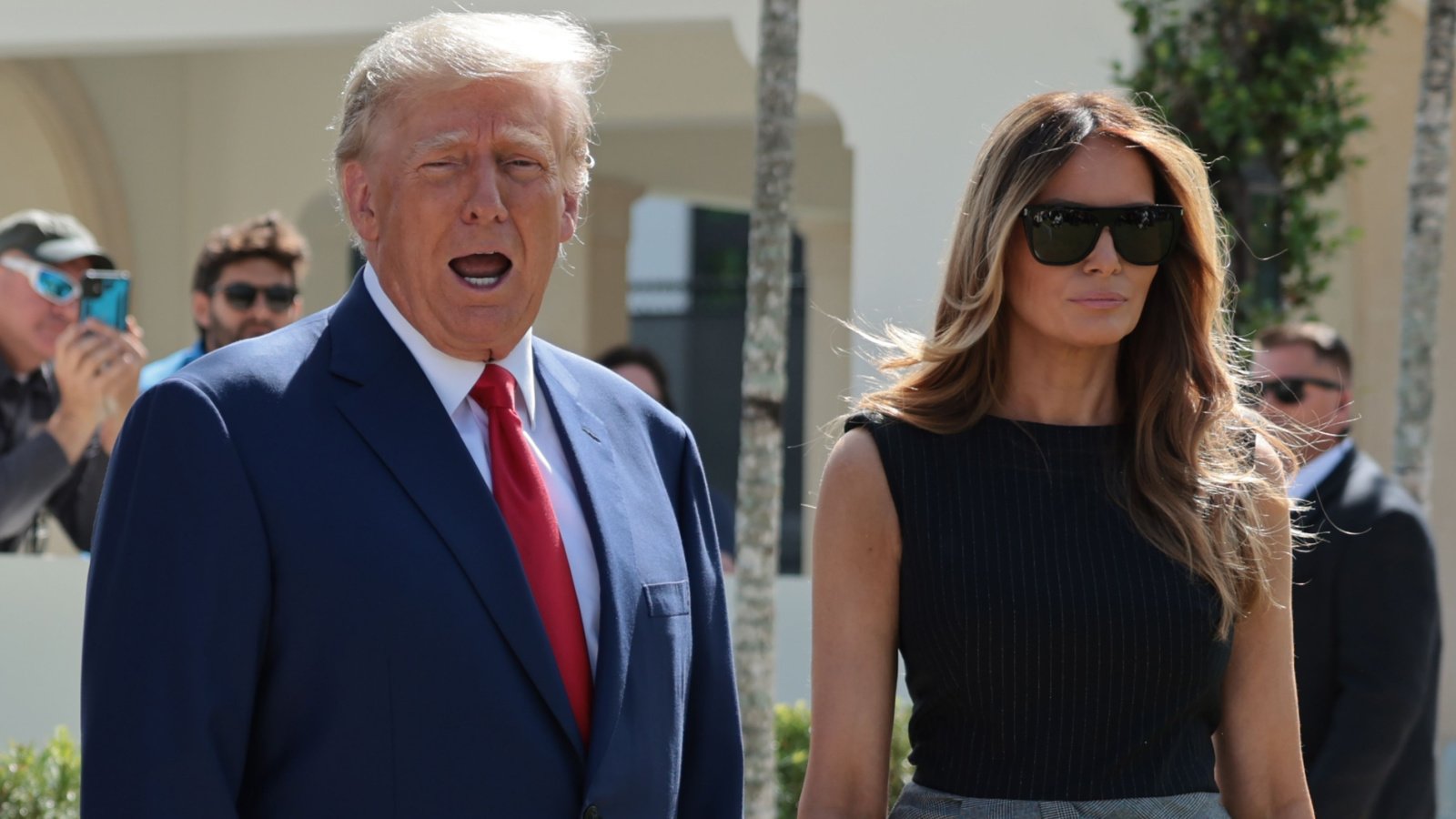
Colangelo positioned Cohen as a pivotal witness, having lied to protect Trump and served time as a result. He urged the jury to consider the credibility of a convicted felon in the context of his protective loyalty to Trump.
Counting the Charges

Colangelo urged the jury to consider the “logical inferences” from the facts presented, accusing Trump of 34 counts of first-degree falsification of business records. He framed these charges as clear indicators of guilt, urging a focus on hard evidence.
Defense of the Accused

Defense attorney Todd Blanche countered the prosecution, defending Trump as a figure who transcends his public persona, deserving respect for his former presidential role. He portrayed Trump as a multidimensional figure: a man, a husband, a father—relatable and unjustly accused.
Questioning the Accusations
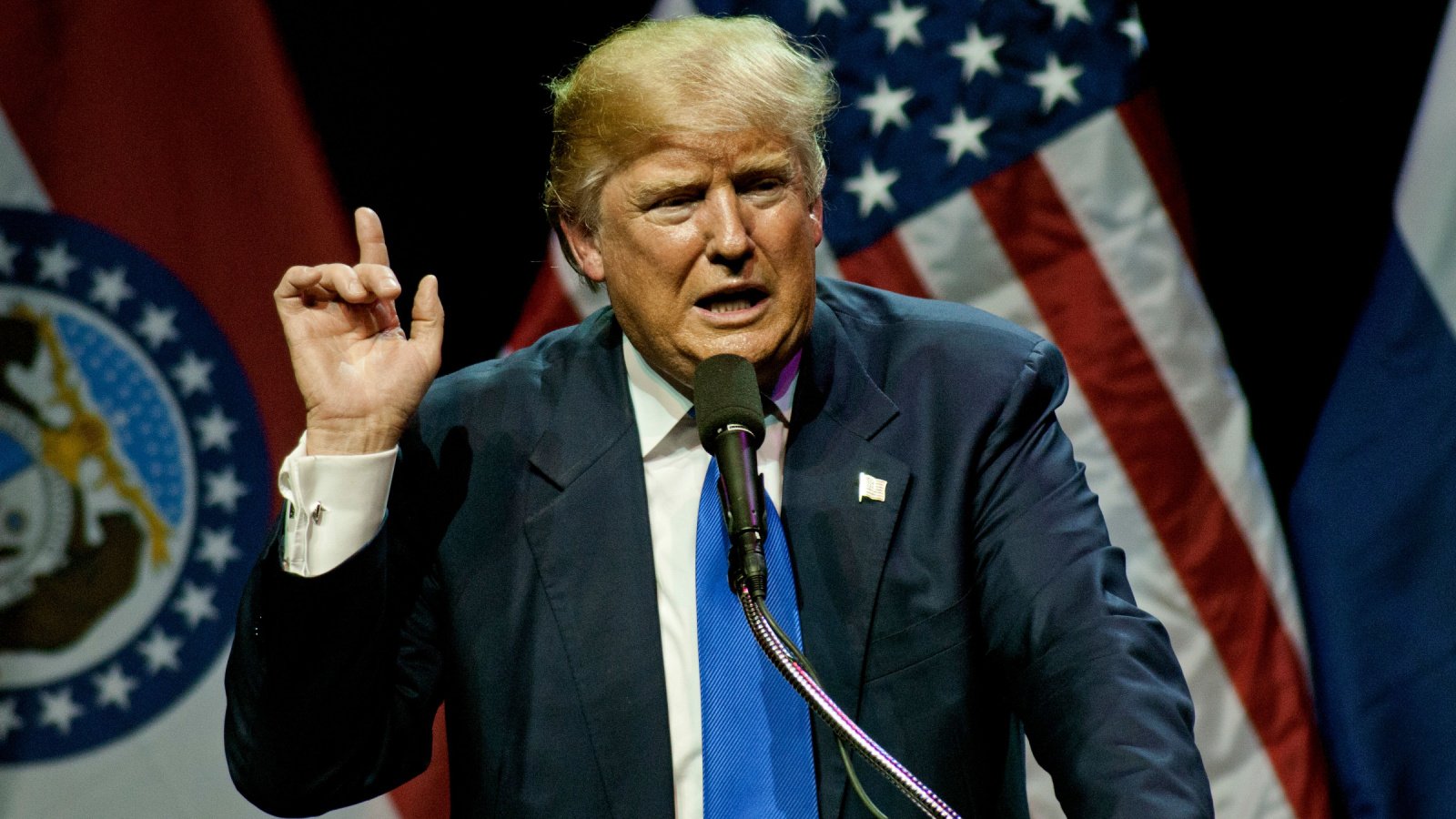
Blanche challenged the prosecution’s story head-on, dismissing the alleged criminal payments as mere routine financial transactions under a retainer, not illicit dealings. He attempted to dismantle the notion of criminality, arguing for Trump’s innocence against the backdrop of standard business practices.
Testimony from the Media Mogul

David Pecker, former head of American Media, took the stand to discuss his role and the operational norms at AMI, including “checkbook journalism.” Facing direct questions about his editorial control and financial authority, Pecker’s testimony aimed to clarify his professional actions without directly engaging Trump, who watched him intently throughout.



